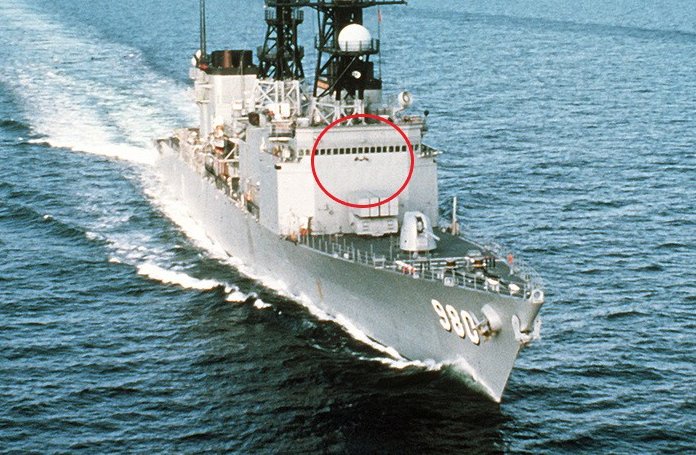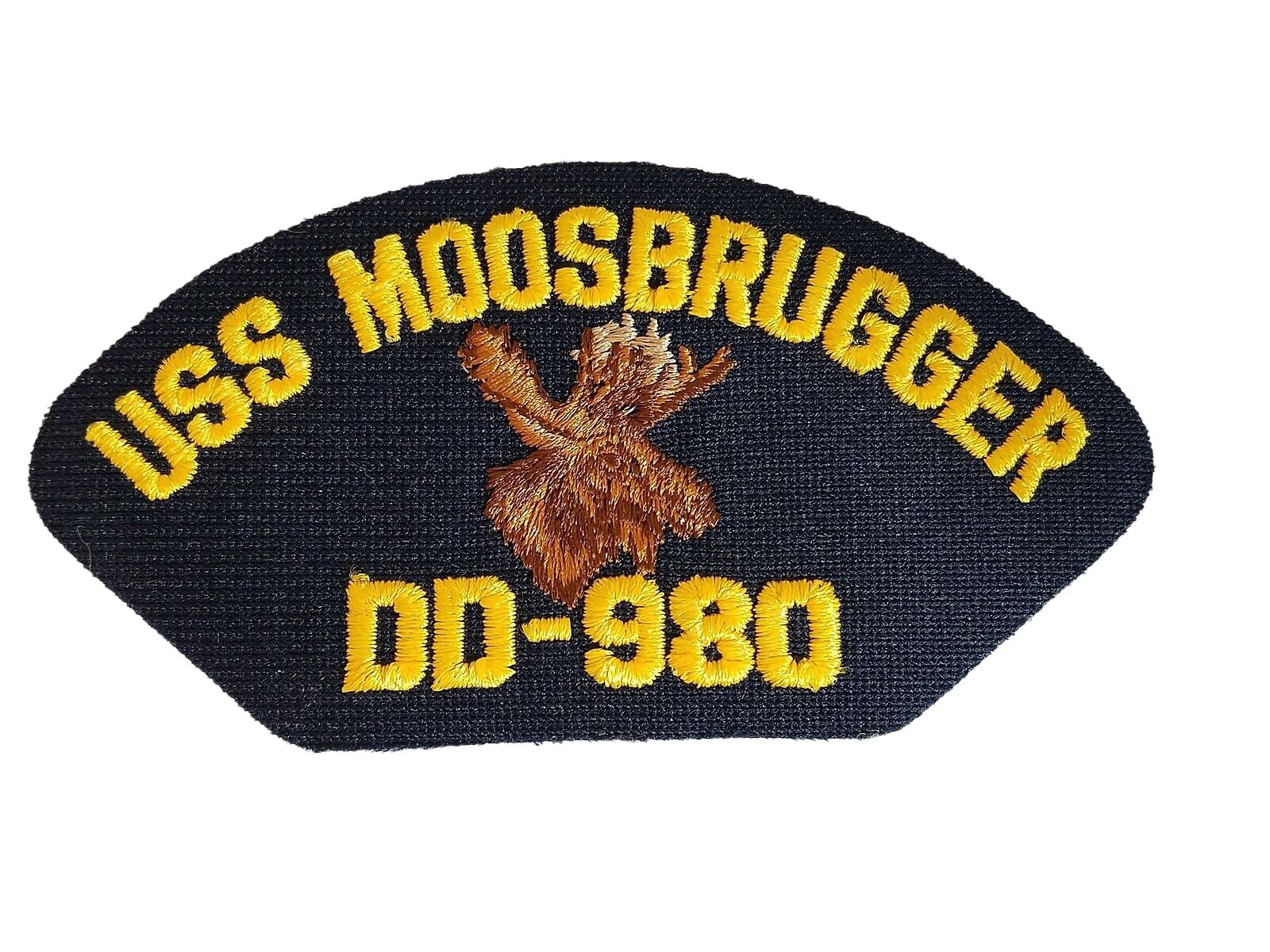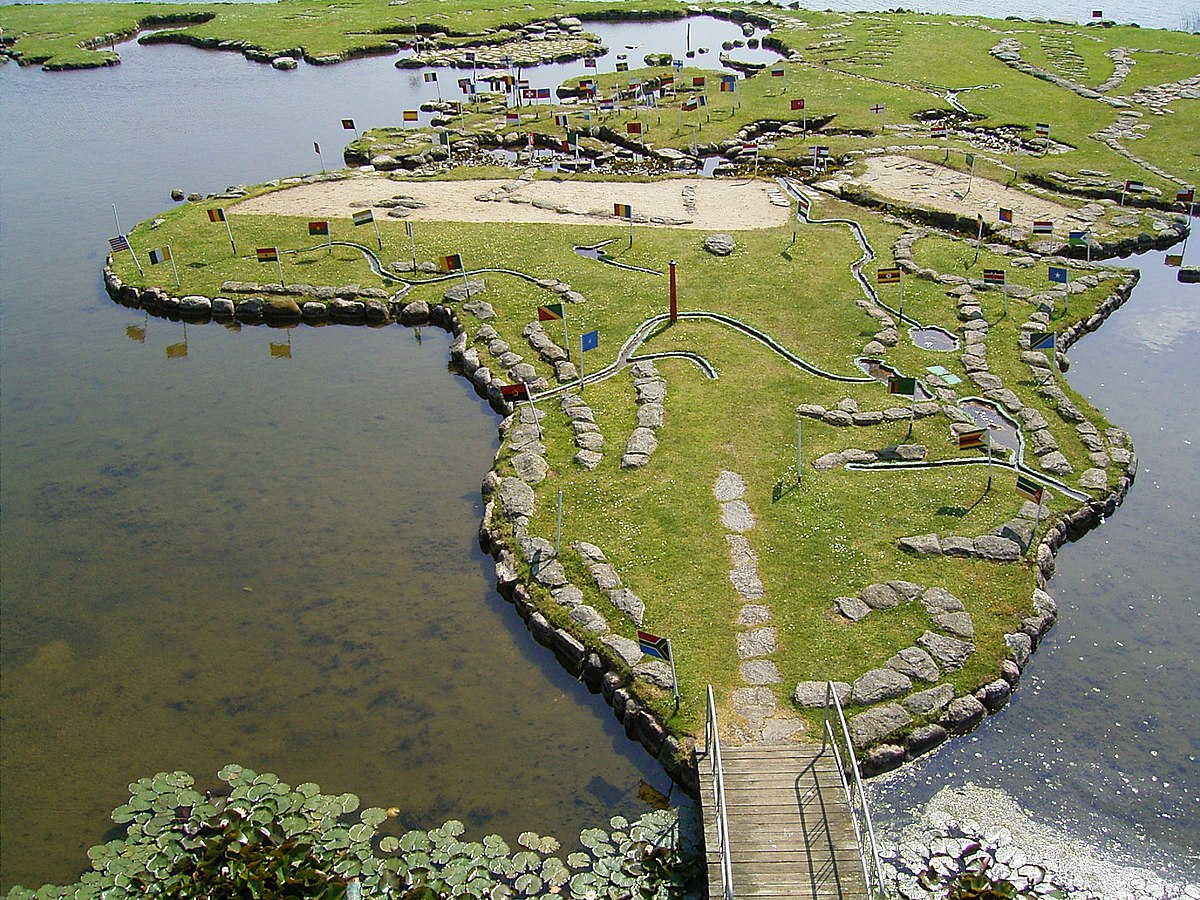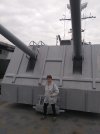Fall Ball? Not that much fun unless you're playing in the Series.Appalachian State University, Boone, NC, baseball field in Autumn.
Can you imagine how much fun that would be!
-----

You are using an out of date browser. It may not display this or other websites correctly.
You should upgrade or use an alternative browser.
You should upgrade or use an alternative browser.
Strange Stuff
- Thread starter mTk
- Start date
If you can get around all the tents, needles, and poo to get on one...These are a lot of fun to ride although it's been a very loong time since I've been on one.
-----

I live 13 miles from San Francisco (worked downtown for over 30 years and totally loved that city) … and I’m never going back. Thanks to the Dems who have run that place since after Mayor Frank Jordan, that hellscape is irretrievably broken. Such a shame.
Unfortunately, Nort is correct (again).
Nothing for me there anymore either.
Fortunately, I too got to experience it all when it was still gud.
And it was really, really gud!
Nothing for me there anymore either.
Fortunately, I too got to experience it all when it was still gud.
And it was really, really gud!
[RHM I hate the cold, but I could make an exception.
-------

-------

[RHM] Nice sweater.
-----

-----

Is it a golf club?
Looks like it.Is it a golf club?
Entry is free….. as long as you have a swimming certificate
From the Wikipedia page:
"In 1943, Søren Poulsen, a local farmer, was working on the drainage of the surrounding meadows when he found a stone shaped like the Jutland peninsula. This inspired him to create a small world of his own. During the winter months, with the use of primitive tools, he placed big stones carefully on the ice. When spring arrived, the stones could easily be tilted into place, and in this way the World Map took shape. Some of the stones used weighted more than 2 tonnes.
Poulsen created the World Map between 1944 and 1969. It measures 45 by 90 metres (49 by 98 yards), covering an area of over 4000 square meters (1 acre). One 111-kilometre (69 mi) degree of latitude corresponds to 27 centimetres (11 inches) on the map. On Poulsen's map, Antarctica is not present and the Northern Hemisphere is marked in two places, ensuring a better impression of the correct distances between the countries to avoid the difficulties of spreading out our planet's globular shape. Red poles mark the equator, and each country is represented by miniature flags, which are updated yearly. State borders in the United States of America are marked with yellow bricks; Poulsen lived 20 years in America.
The map is the epicenter of a park, which has, among other attractions, a picnic area, a coffee shop and a playground.
The World Map is an important attraction in the area,[6] and attracts about 40,000 visitors per year, most of them Danish."
"In 1943, Søren Poulsen, a local farmer, was working on the drainage of the surrounding meadows when he found a stone shaped like the Jutland peninsula. This inspired him to create a small world of his own. During the winter months, with the use of primitive tools, he placed big stones carefully on the ice. When spring arrived, the stones could easily be tilted into place, and in this way the World Map took shape. Some of the stones used weighted more than 2 tonnes.
Poulsen created the World Map between 1944 and 1969. It measures 45 by 90 metres (49 by 98 yards), covering an area of over 4000 square meters (1 acre). One 111-kilometre (69 mi) degree of latitude corresponds to 27 centimetres (11 inches) on the map. On Poulsen's map, Antarctica is not present and the Northern Hemisphere is marked in two places, ensuring a better impression of the correct distances between the countries to avoid the difficulties of spreading out our planet's globular shape. Red poles mark the equator, and each country is represented by miniature flags, which are updated yearly. State borders in the United States of America are marked with yellow bricks; Poulsen lived 20 years in America.
The map is the epicenter of a park, which has, among other attractions, a picnic area, a coffee shop and a playground.
The World Map is an important attraction in the area,[6] and attracts about 40,000 visitors per year, most of them Danish."
[RHM] Great way to start a Monday!
-----

-----

"On the largest of the islands in Western Australia's Recherche Archipelago, this unique lake was found in 1802.
The lake's deep pink color is maintained all year due to high salinity paired with the presence of salt-loving algae
called Dunaliella salina and pink bacteria called halobacteria." - Headout.com
-----

The lake's deep pink color is maintained all year due to high salinity paired with the presence of salt-loving algae
called Dunaliella salina and pink bacteria called halobacteria." - Headout.com
-----

It’s official. You have too much time on your hands."On the largest of the islands in Western Australia's Recherche Archipelago, this unique lake was found in 1802.
The lake's deep pink color is maintained all year due to high salinity paired with the presence of salt-loving algae
called Dunaliella salina and pink bacteria called halobacteria." - Headout.com
-----

No denying that. 
US Navy destroyer USS MOOSBRUGGER DD 980 - the "Moose"
Commissioned - 16 DEC 1978
Decommissioned - 15 DEC 2000
Fate - Scrapped, 2006
Named after - Vice Adm. Frederick Moosbrugger, widely known as a highly accomplished commander in WWII.
DD 980 was equipped with a set of MK-78 Moose Antlers.


Commissioned - 16 DEC 1978
Decommissioned - 15 DEC 2000
Fate - Scrapped, 2006
Named after - Vice Adm. Frederick Moosbrugger, widely known as a highly accomplished commander in WWII.
DD 980 was equipped with a set of MK-78 Moose Antlers.


At 1,000,000 liters of water that's even more than the biggest fish tank I ever had! 
Sounds like at least the entire tank didn't fail.
----------------

 www.cnn.com
----------------
www.cnn.com
----------------
Photos of tank to follow when IMGUR starts working properly.
Sounds like at least the entire tank didn't fail.
----------------

Giant aquarium housing 1,500 fish bursts in Berlin, injuring 2 people
A 46-foot-high aquarium that was home to around 1,500 exotic fish burst Friday morning, injuring at least two people and sending a flood of water and debris onto a nearby street, police and firefighters in central Berlin have said.
 www.cnn.com
www.cnn.com
Photos of tank to follow when IMGUR starts working properly.
My wife, Beth.
You make fun, I will hunt you down and kill you.
You make fun, I will hunt you down and kill you.
Yeah, that would do it alright.
That she goes on a tour with you to a Naval warship makes her a keeper alright. 



























































































































